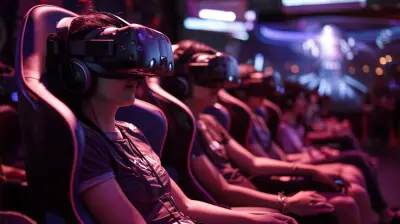The Role of Virtual Reality in the Fashion Industry: From Runways to Retail
18 July 2025
Virtual reality (VR) has been making waves across various industries, and the fashion world is no exception. From immersive runway shows to virtual fitting rooms, VR is redefining how we experience fashion. But what exactly is the role of virtual reality in the fashion industry, and how is it transforming everything from runways to retail? Let’s dive into this stylish blend of high-tech and high-fashion.
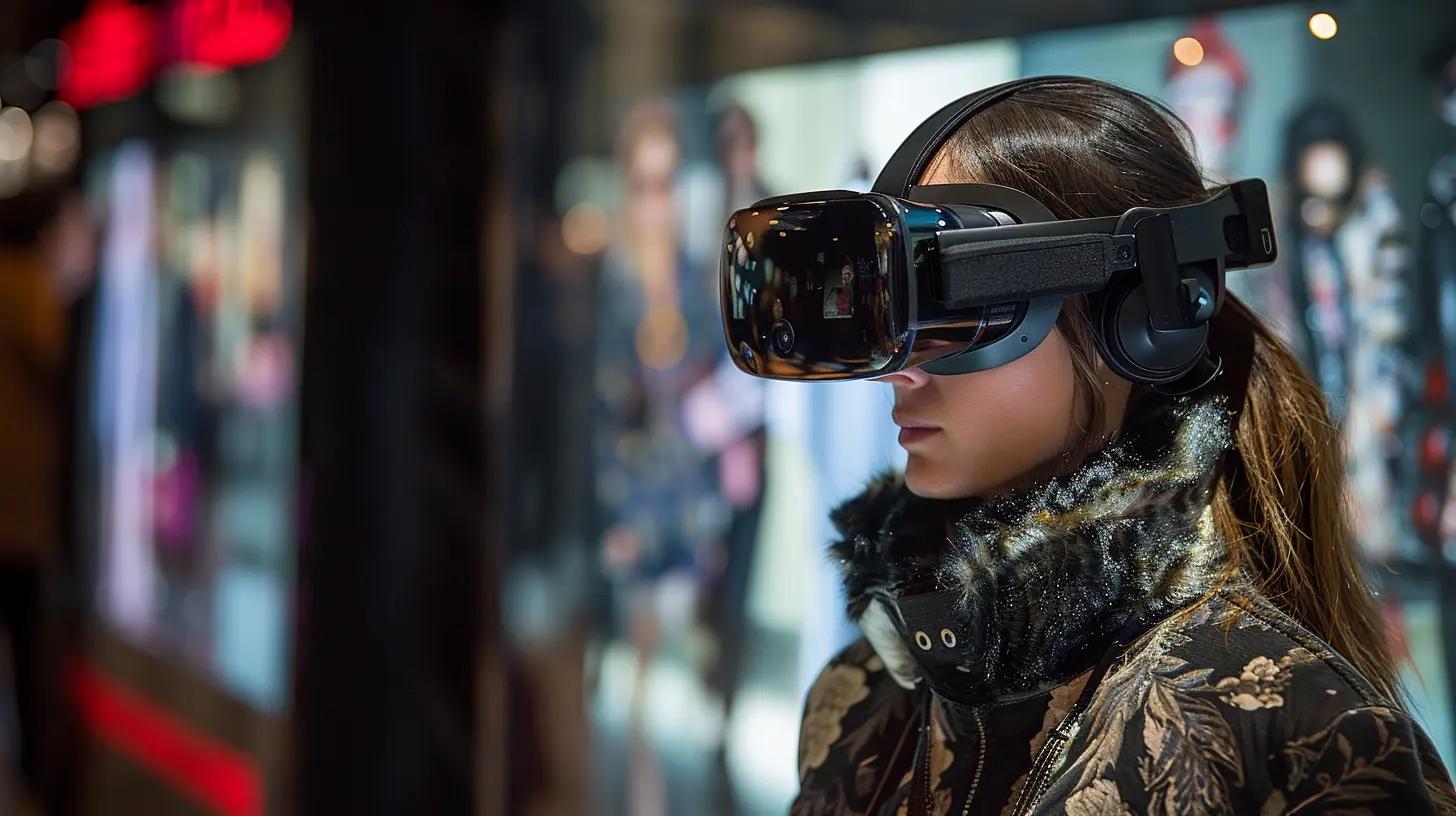
What is Virtual Reality (VR) in Fashion?
Before we jump into the glitz and glam of how VR is influencing fashion, let’s take a moment to understand what virtual reality is all about. In simple terms, VR refers to a simulated experience that can be similar to or completely different from the real world. When you put on a VR headset, you’re transported into a three-dimensional world where you can interact with your surroundings, often in ways that would be impossible in the physical world.Now, imagine using virtual reality to view a fashion show, try on clothes, or even design your own outfits. Sounds futuristic, right? Well, the future is already here, and VR is becoming an integral part of the fashion industry.
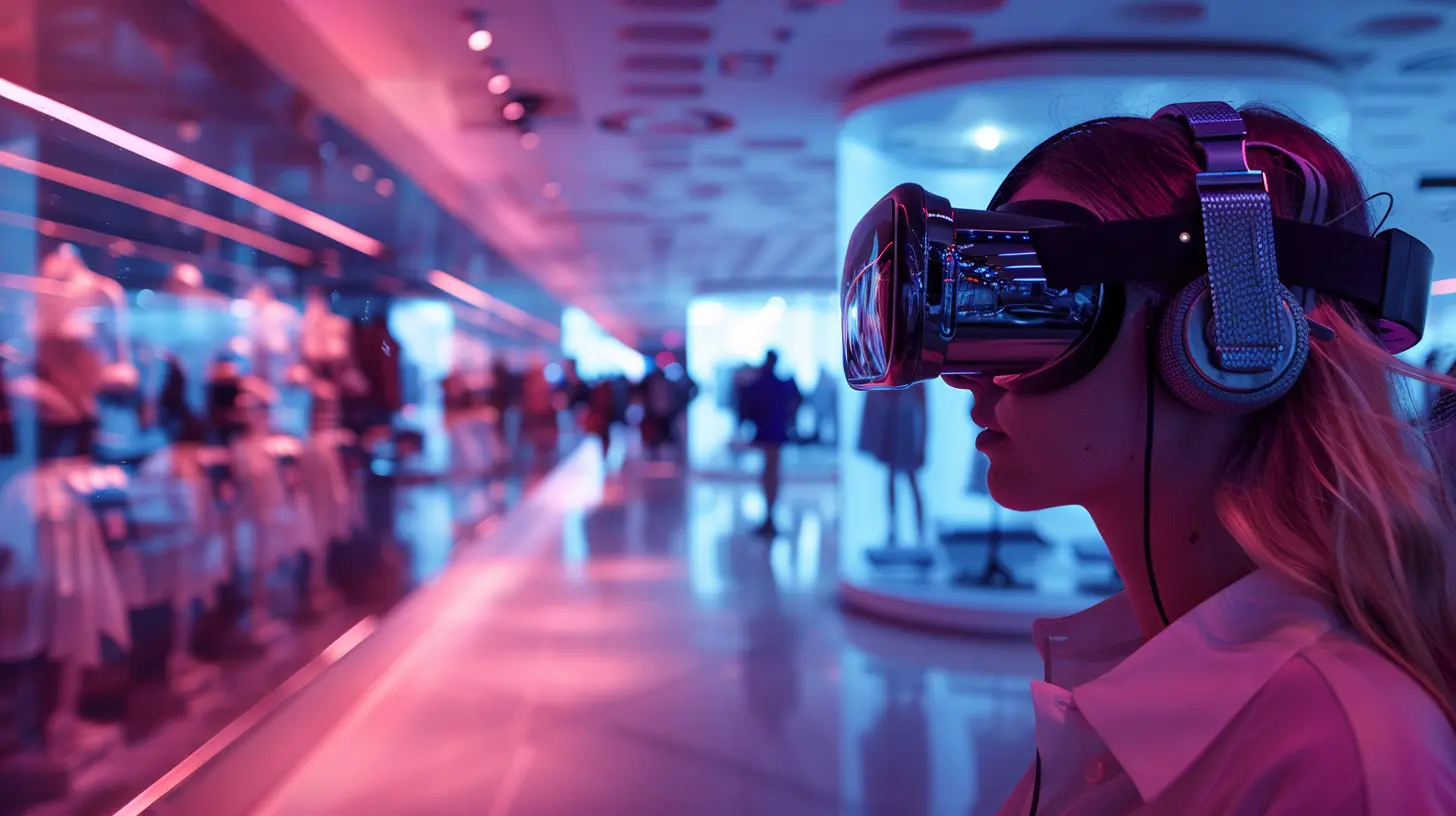
How VR is Transforming Fashion Runways
Immersive Fashion Shows
Fashion shows have always been about spectacle—an opportunity for designers to showcase their latest collections in an unforgettable way. But traditionally, these shows have been exclusive events, often limited to industry insiders, celebrities, and influencers. Thanks to VR, however, fashion shows are becoming more accessible, and anyone with a headset can experience them from the comfort of their home.Take a moment to think about this: Instead of just watching a live stream of a fashion show, VR allows you to virtually "attend" the event. You can sit in the front row, feel the energy of the runway, and see the models up close, all without leaving your couch. Brands like Balenciaga and Tommy Hilfiger have already experimented with VR fashion shows, offering a more immersive and interactive experience than traditional formats.
Enhancing the Creative Process
For designers, VR represents a powerful tool in the creative process. With VR software, they can create 3D models of their designs, tweak them in real-time, and visualize how they will look on the runway. This not only speeds up the design process but also allows for more creative freedom. Designers can experiment with fabrics, colors, and silhouettes in a virtual space without the constraints of the physical world.Moreover, VR can help designers visualize their entire runway show before the actual event. They can map out the set, lighting, and choreography, ensuring that everything goes smoothly on the big day.
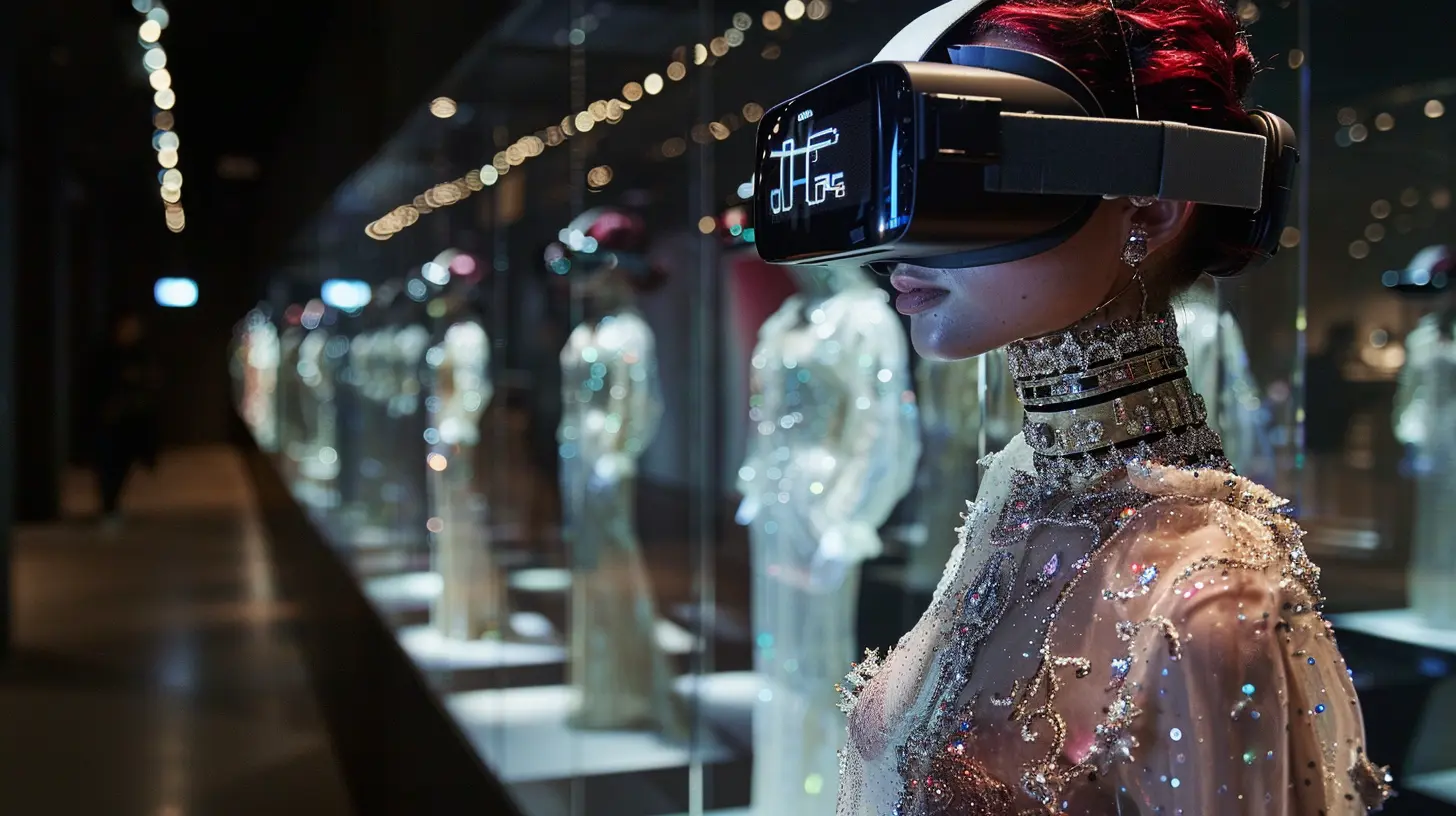
The Impact of VR on Fashion Retail
Virtual Fitting Rooms
Shopping for clothes online is convenient, but there’s always that nagging question: “Will it actually fit?” Enter virtual fitting rooms, one of the most exciting applications of VR in the retail space. Virtual fitting rooms use VR technology to allow shoppers to try on clothes in a virtual environment.Imagine this: You’re shopping for a new dress online. Instead of guessing your size and hoping for the best, you can step into a virtual fitting room, input your measurements, and see exactly how the dress will look on your body in 3D. You can even move around to see how it fits from different angles. This not only makes the shopping experience more fun but also reduces the likelihood of returns.
Several retailers, including ASOS and Zara, are already experimenting with virtual fitting rooms. And as the technology improves, we can expect more brands to jump on board.
Personalized Shopping Experiences
VR is also making it easier for retailers to offer personalized shopping experiences. Using VR, brands can create virtual stores that are tailored to each customer’s preferences. When you enter a virtual store, you might be greeted by a digital assistant who helps you find clothes that match your style and size. You can browse through racks of virtual clothes, try on outfits in the virtual fitting room, and even get styling advice—all without stepping foot in a physical store.This level of personalization can help retailers stand out in a crowded market and build stronger relationships with their customers.
Virtual Fashion: The Rise of Digital-Only Clothing
Have you ever heard of digital-only fashion? It’s exactly what it sounds like—clothing that exists only in the digital world. While it might sound strange at first, digital fashion is becoming increasingly popular, especially among influencers and gamers. Virtual reality plays a big role in the rise of digital fashion, allowing users to “wear” virtual outfits in digital spaces.For example, there are brands like The Fabricant that specialize in creating digital-only clothing. Users can purchase these virtual garments, wear them in VR environments, or even use them for social media posts. It’s like having a high-end wardrobe that never gets wrinkled, stained, or worn out.
Digital fashion also has environmental benefits. Since these clothes don’t exist in the physical world, they require no materials, water, or energy to produce. It’s a sustainable solution for fashion lovers who want to reduce their carbon footprint.
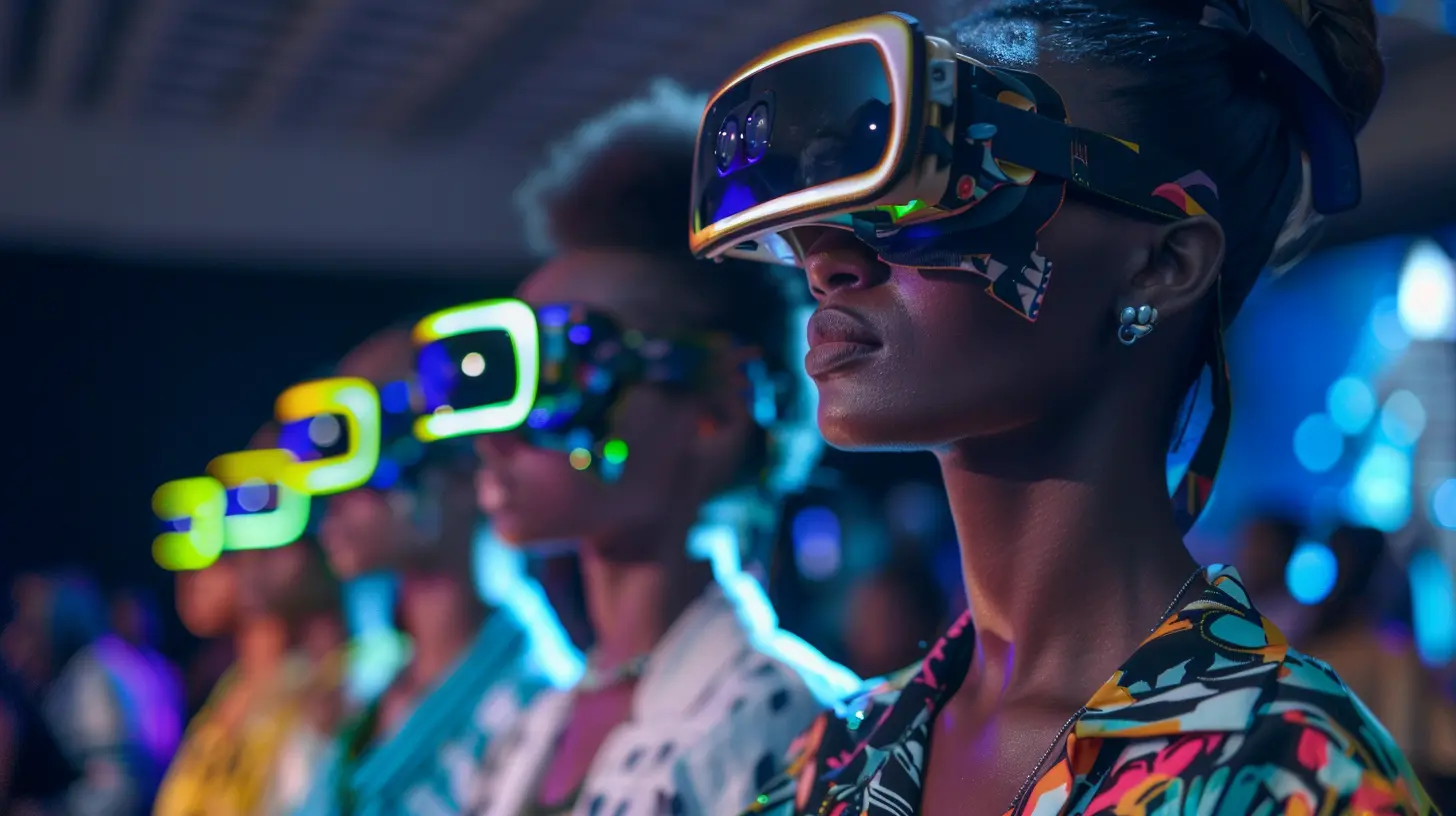
How VR is Changing Fashion Marketing
Virtual Showrooms
In addition to transforming the retail experience, VR is also reshaping how brands market their products. Virtual showrooms are fast becoming a popular alternative to traditional brick-and-mortar stores. These immersive spaces allow customers to explore a brand’s collection in 3D without leaving their homes.Brands like Gucci and Dior have already launched virtual showrooms, offering customers a unique and interactive way to engage with their products. In a virtual showroom, you can walk around, pick up items, and examine them from every angle. Some showrooms even allow you to watch product demonstrations or interact with brand representatives.
Not only does this make the shopping experience more engaging, but it also allows brands to reach a global audience without the limitations of a physical location.
VR Campaigns and Interactive Ads
In the world of fashion marketing, VR is opening up new possibilities for creating memorable campaigns. Brands are using VR to create immersive advertising experiences that engage customers in ways that traditional ads simply can’t.For example, imagine putting on a VR headset and being transported to a tropical beach where you can interact with a new swimwear collection. Or maybe you’re walking through a futuristic cityscape, wearing the latest sneakers from your favorite brand. These kinds of immersive experiences blur the line between advertising and entertainment, making customers more likely to remember the brand and the product.
Interactive VR ads also allow customers to engage with products on a deeper level. Instead of just looking at a static image or video, they can explore the product in 3D, try it on virtually, and even make a purchase—all within the VR environment.
The Future of VR in Fashion
What’s Next for VR in Fashion?
The integration of virtual reality in fashion is still in its early stages, but the potential is enormous. As VR technology continues to improve, we can expect even more innovative applications in the fashion industry.One exciting possibility is the use of VR in sustainable fashion. By allowing designers to create and test virtual garments, VR could help reduce waste in the fashion industry. Instead of producing physical prototypes, designers could create digital samples, reducing the need for materials and energy.
Another area of growth is in social shopping. Imagine being able to shop with your friends in a virtual store, even if they’re halfway around the world. You could try on outfits together, give each other fashion advice, and make purchases—all in the virtual space. This could make online shopping a more social and interactive experience.
Conclusion
It’s clear that virtual reality is playing an increasingly important role in the fashion industry, from transforming runway shows to reshaping the retail experience. As VR technology continues to evolve, it will open up even more exciting possibilities for designers, retailers, and consumers alike. Whether you’re attending a virtual fashion show, trying on clothes in a virtual fitting room, or shopping in a digital-only store, VR is making fashion more immersive, personalized, and accessible.So, the next time you’re scrolling through your favorite fashion site, don’t be surprised if you find yourself stepping into a virtual world of style!
all images in this post were generated using AI tools
Category:
Virtual RealityAuthor:

Jerry Graham
Discussion
rate this article
1 comments
Lumen Cox
Oh sure, because who wouldn't want to stroll through a digital runway in pajamas while shopping for virtual haute couture? Forget real-life fabric; let's just layer pixels and call it a day! Next up, virtual hair salons—because who needs hair when you have a headset?
July 24, 2025 at 11:17 AM

Jerry Graham
While the idea may sound whimsical, virtual reality in fashion offers unique experiences that extend creativity and accessibility, bridging the gap between digital and physical realms.

